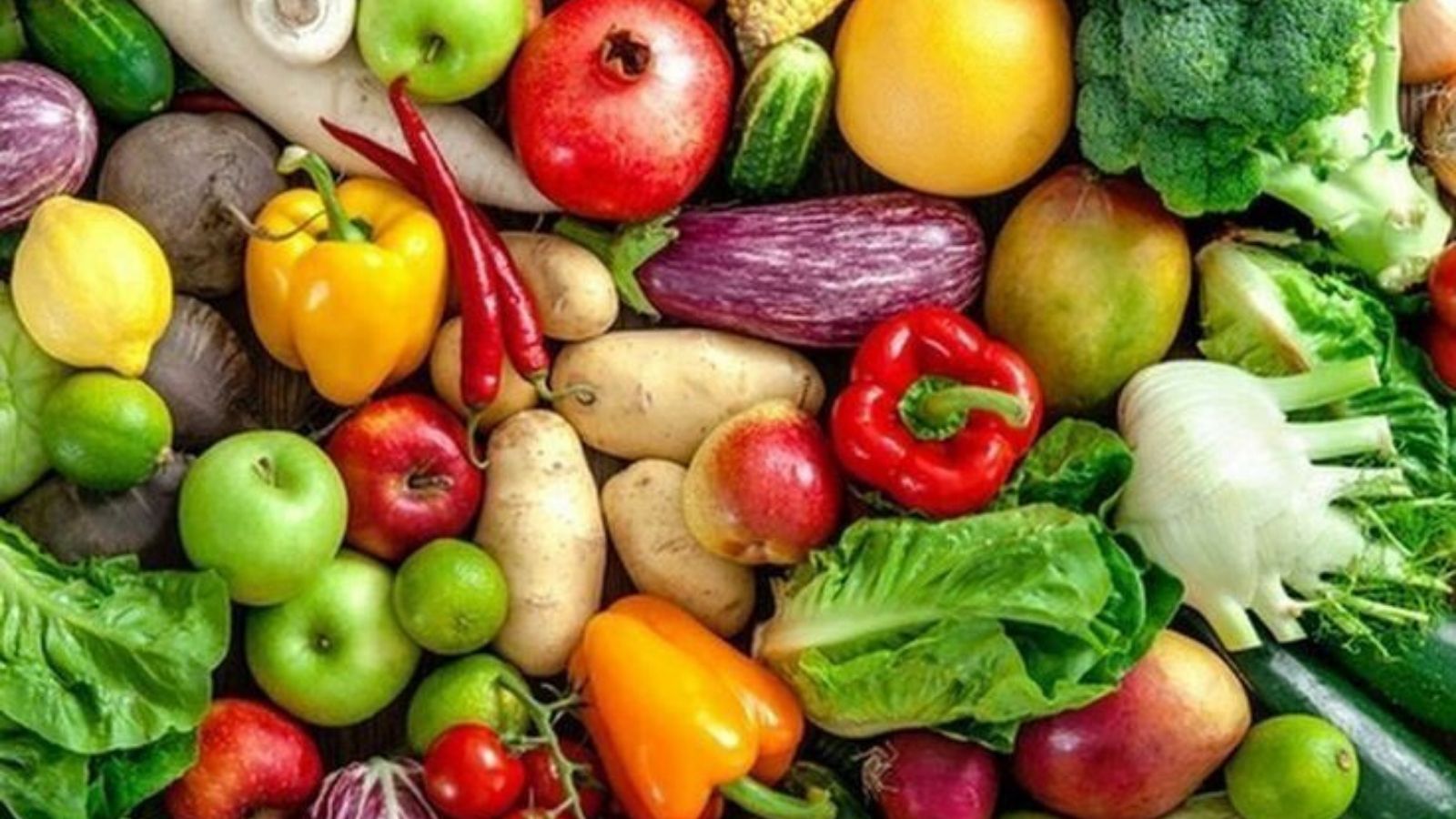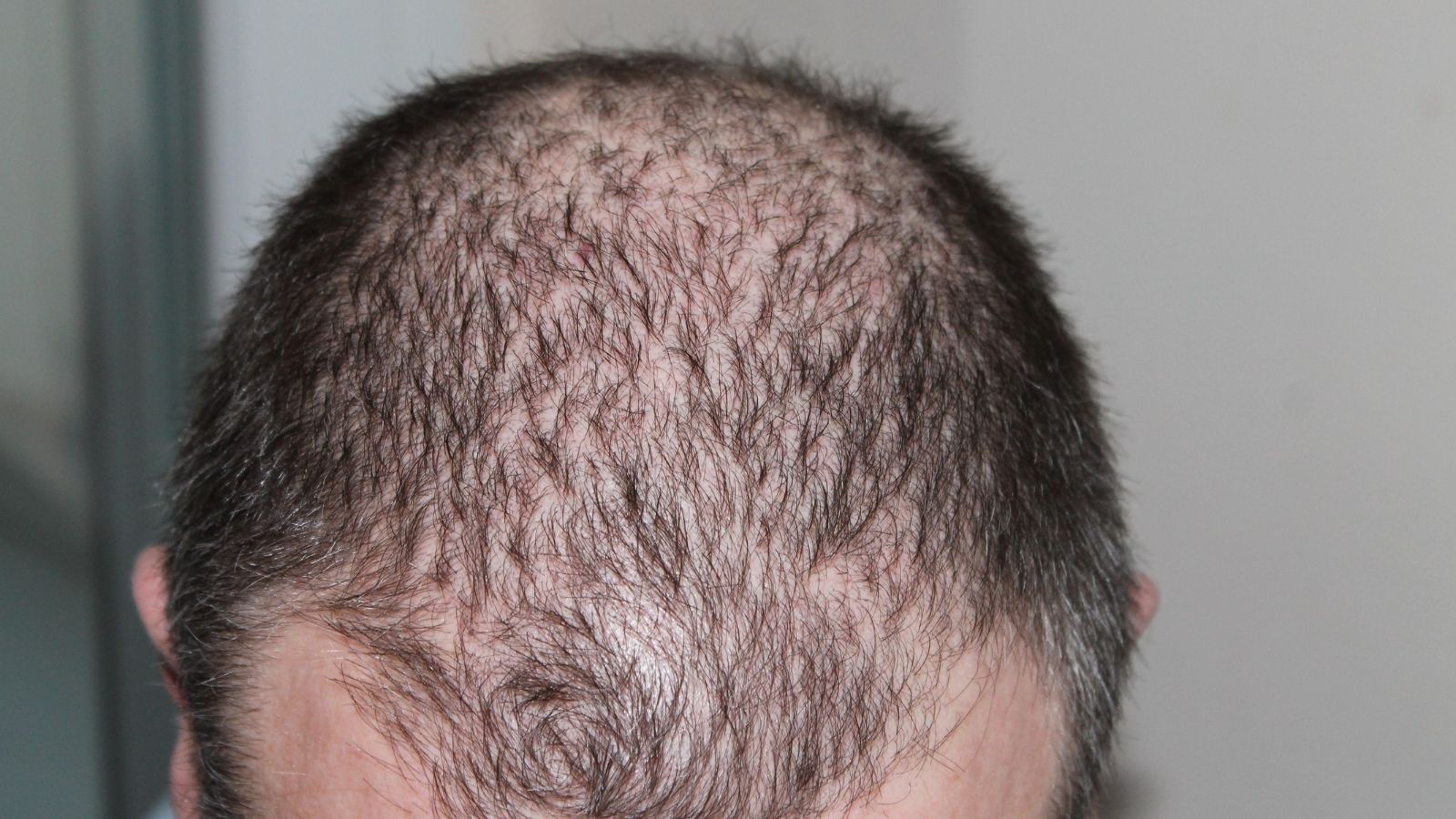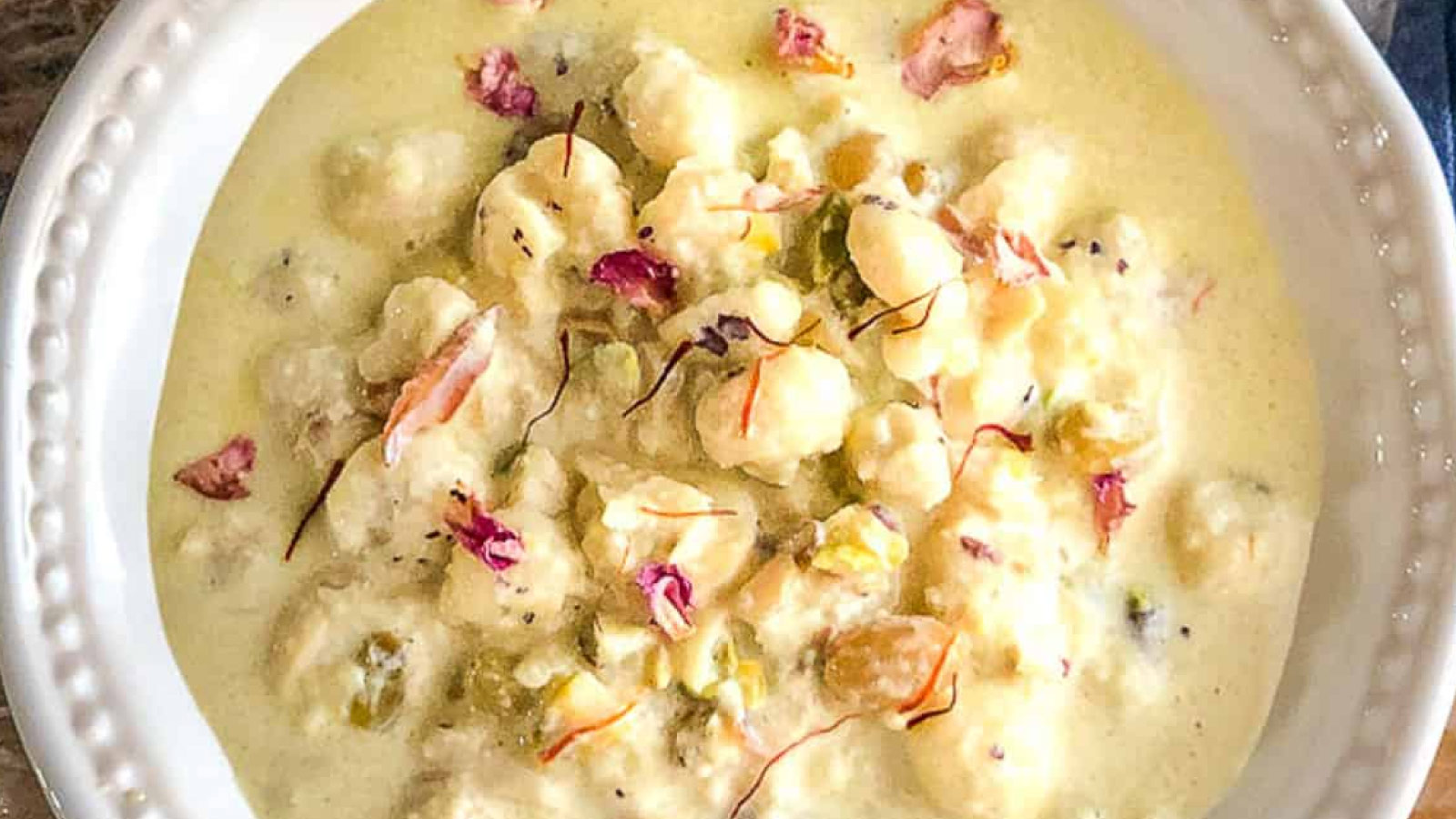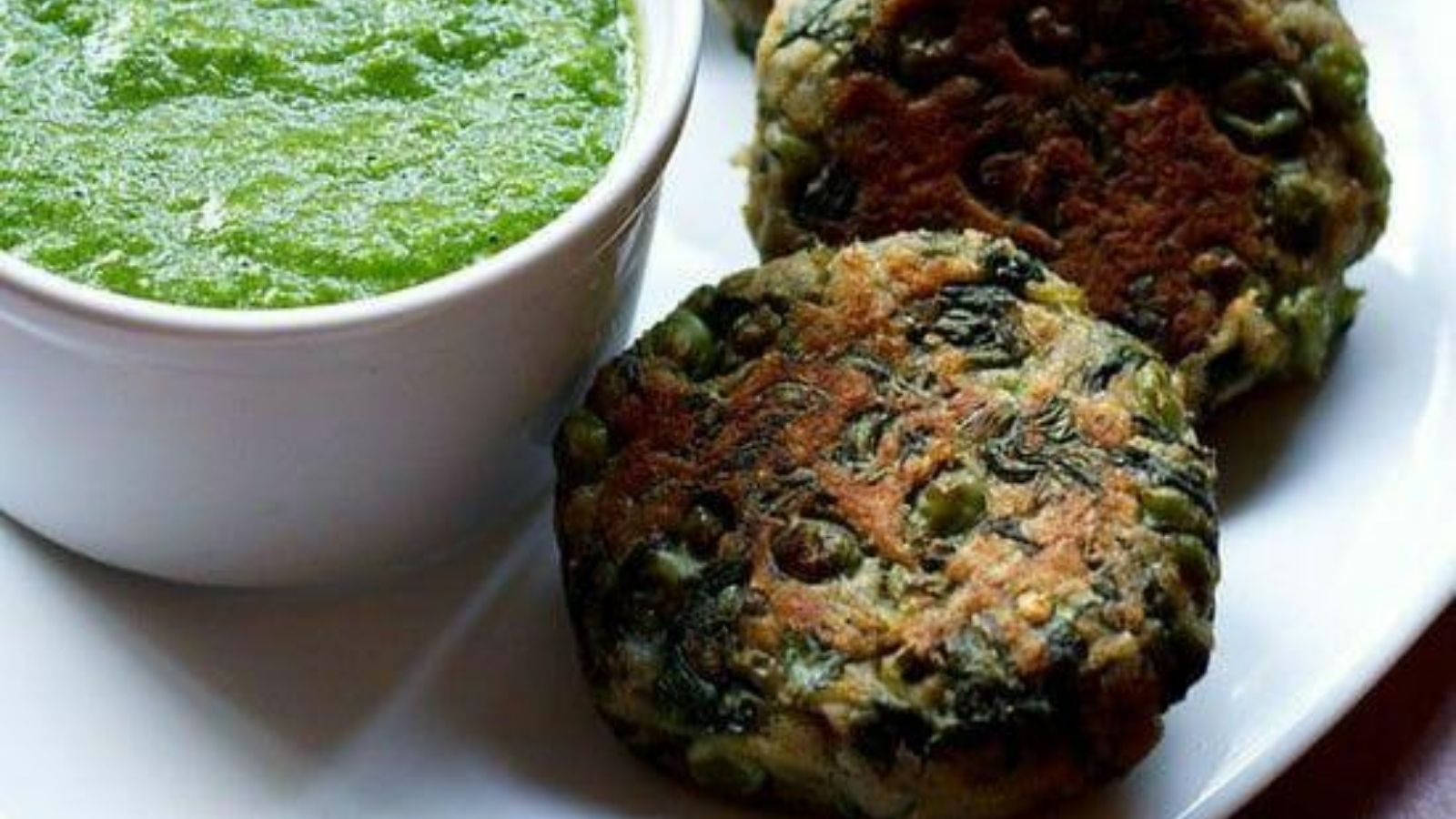Breast Milk Composition | What’s In Your Breast Milk ? |
“Mother’s milk, time-tested for millions of years, is the best nutrient for babies because it is nature’s perfect food.” – Robert S. Mendelson
Breastfeeding is one of the most beautiful phases of a new mother’s life. It is also one of the best things that a mother can do for her newborn baby.
From satisfying the baby’s hunger to enjoying a uniquely special bonding experience, the benefits of breastfeeding are innumerable.
Breast milk is basically food for the newborn which sets the pace for optimum health throughout the baby’s life. It is nutritionally sufficient to meet all the needs of the baby for the first six months. It not only provides nourishment to the baby, but also provides protection against all infections, diseases and illnesses.
A woman’s body naturally creates breast milk in response to pregnancy, and the suckling action of a baby at the breast triggers a hormonal response in the body, leading to the release of breast milk. Nature is amazing, isn’t it?
No day with a newborn baby is the same. Every single day is different in its own way, and the same holds true for breast milk. Not all breast milk is the same. Throughout the journey of lactation, especially during the first couple of weeks of a baby’s life, breast milk undergoes dramatic changes in its composition.
As the little one grows and develops during its first days of life, the mother’s body also produces different types of breast milk to meet their needs.
Read on to discover the nutritional properties of breast milk, and how it changes to meet the newborn baby’s requirements.
There are typically three stages of breast milk:
- Colostrum Milk Stage (From birth to 3 – 5 days):
Colostrum is the first fluid that is released post-delivery of the baby (though it is also present at the end of pregnancy). It can safely be termed as the baby’s ‘starter food’ and lasts for about 3 – 5 days after childbirth. It is yellow or slightly orange in colour (often called ‘liquid gold’ not because of the color, but because it is so vital to nourishing the newborn), and is usually thick in consistency and sticky in texture.
Nutritionally, this milk is extremely easy for newborns to digest. It is high in protein, low in fat and contains lots of antibodies as well as white blood cells to fight off infections, and protect the baby from any bacterial or viral illness. Colostrum actually contains the most number of immune cells out of all the three stages of breast milk.
In addition, babies are born with a permeable gut lining, which the colostrum coats and seals, thereby preparing the baby’s stomach for digestion. Therefore, it is truly a superfood. While the amount of colostrum that is produced is quite small, so much so, that the newborn may have to be fed every 2 – 3 hours, it is potent enough to fulfill all needs of the baby in the first few days of life. Quality over quantity!
- Transitional Milk Stage (3 – 5 days to 14 days):
Transitional milk actually acts as a bridge between colostrum and mature milk. In fact, it is called transitional milk because it is the breast milk that is produced during the body’s transition from colostrum to mature milk. While it shares a few characteristics with colostrum, it basically represents a period of developed milk production to support all the needs of the rapidly growing baby.
Compared to colostrum, the creamy transitional milk has higher levels of fat as well as increased ‘lactose’, a natural sugar required for the baby’s energy. It has a colour ranging from yellow to white, typically a lighter color than the colostrum milk.
- Mature Milk Stage (14 days onwards):
By the time the baby is about two weeks old, the transitional milk starts to change to mature milk and by the end of a month, the milk becomes fully mature. This means that it is suitable for the baby as they grow older, and actually serves as long-term nutrition for the baby. From here on, the make-up of the milk per se doesn’t change as much. The stage lasts until the baby is weaned off breastfeeding.
Mature milk can further be broken down into foremilk and hindmilk. When the baby latches on to the nipple to nurse, the first milk to flow out of the breast is called foremilk. It is thin, watery and is low in fat content. In fact, 90% of this milk is actually water which is important to keep the baby hydrated. As feeding continues, hindmilk follows. It is the milk that the baby receives at the end of the feed. It is thicker, creamier and higher in fat content. Hindmilk is either white or cream coloured, while foremilk is clear or slightly blue in colour. However, there is no stark distinction between foremilk and hindmilk. The change that happens is very gradual.
Breastfeeding takes a lot of commitment, patience, effort and energy, and that is not always easy.
A breastfeeding support system that includes friends and family, in addition to the spouse or partner goes a long way in helping the mother embrace this phase of motherhood comfortably.
|
From a pimple to cancer, our You Care Wellness Program helps you find a way Talk to our integrative team of experts today 18001020253 |










Comments (2)
Always interesting to read good and valuable information on holistic healing.
Thank you, Aseem. Keep winning 🙂